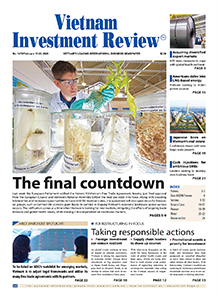404!: NOT FOUND
The page is not found!
Try our home page: https://vir.com.vn/ - Vietnam Investment Review - VIR
Vietnam Investment Review under the Ministry of Finance
Editor-in-Chief: Pham Van Hoanh
Deputy Editors-in-Chief: Le Trong Minh, Dinh Hung, Bui Duc Hai, Nguyen Van Hong
Managing Editor: Nguyen Chi Mai
 Mobile Version
Mobile Version



